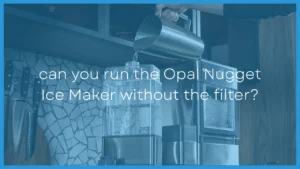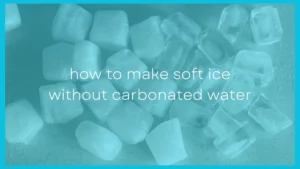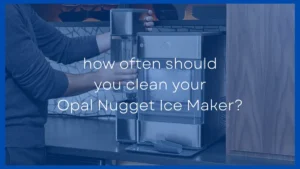Clear ice is all the rage in trendy bars and restaurants, and I must admit that the way clear ice seems to disappear in one’s drink looks pretty impressive. The wow factor however is not the only reason clear Ice has become so popular.
Clear ice is stays frozen for longer, thereby extending the time it has to chill your drink before melting. Staying frozen longer also means that the drink it is in will not get watered down as quickly as it would with regular ice.
Yet despite all the good I can say about it clear ice isn't perfect and it does have some significant disadvantages when compared to regular ice.
The major problem with clear ice is its difficulty to make and the time it takes to make. It requires specialized equipment and distilled water to make, which also makes it more expensive and takes longer. Clear ice cannot be chewed and also takes longer to cool a drink than regular ice does.
Does clear ice live up to the hype or is the extra cost and time it takes to make, just not worth the effort? To help answer that question we have laid out the 5 biggest problems with clear ice.
1. Clear Ice Is More Difficult to Make than Normal Ice
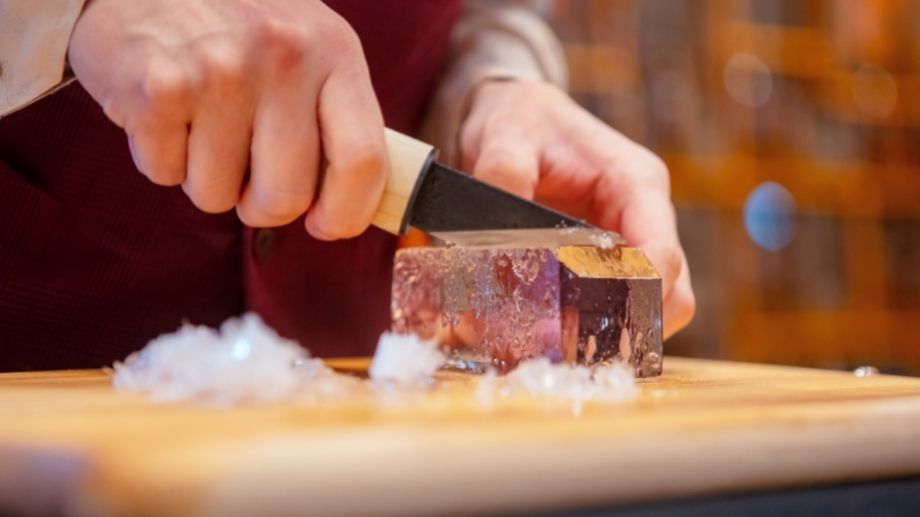
Making regular ice is as simple as filling an ice tray from the tap and popping it into the freezer. If you want the spectacle of clear ice however, then you need to be prepared to put in a bit more effort than that.
Some people might say that boiling water creates clear ice but boiling water alone won't make crystal clear ice. You need a special ice maker that freezes the ice omni-directionally.
You see, when you put a standard ice tray into the freezer, the water is frozen from all directions equally. This results in the dissolved gasses and impurities being trapped in the middle of the ice making it white. The white inside regular ice is actually air and gas bubbles and it appears white/opaque because of the way it makes the light bend.
Regular ice is frozen from the outside in and the gasses and impurities are not able to escape while the water freezes. So they are pushed towards the center of the ice, resulting in the cloudy appearance.
To make clear ice the water needs to be frozen omni-directionally, i.e. from one direction instead of from all sides.
When water is frozen from one side and not the other, the dissolved gasses and impurities are forced in the opposite direction, leaving the rest of the ice clear. For this to happen you need a clear ice maker.
Clear ice makers have insulation on every side except one side which is left exposed to the cold. This forces the ice to freeze from the top down – pushing the air bubbles and impurities into the base of the mold where it is then discarded.
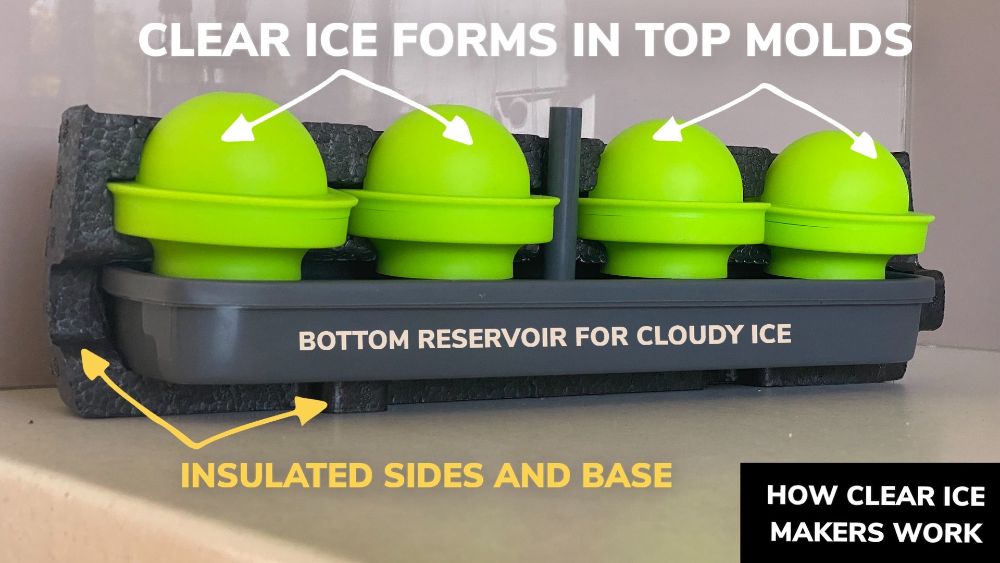
Above you can see an example of the inside of a clear ice maker and how it works to make crystal clear ice.
You can also make clear ice using a small cooler which you place in the freezer. However this will give you a solid block of clear ice which you then need to cut up into practical sizes that will fit in your glasses.
Making clear ice also required distilled or filtered water which can be hard to get – adding to the difficulty of making clear ice. You can make clear ice with tap water (and in this case you SHOULD boil the water first) however, it is more likely to show impurities when compared to distilled water.
You'll also want to store clear ice properly so it doesn't absorb odors of the freezer it is being kept in, which will ruin it's taste.
Now that you understand what it takes to make clear ice, I’m sure you will agree that making regular ice is much simpler.
2. Clear Ice Takes Longer to Make
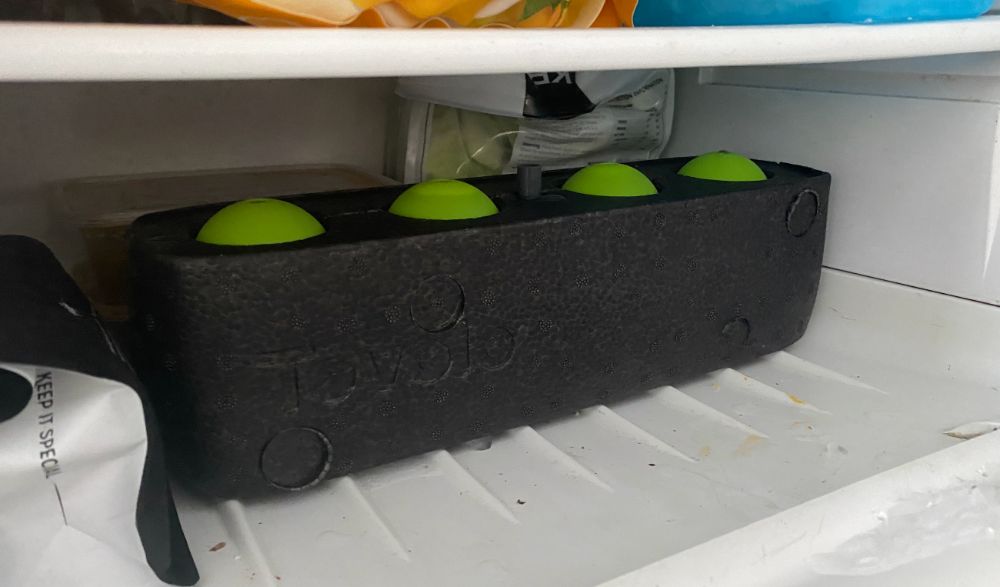
Put a regular ice cube tray filled with water into the freezer and 3–4 hours later you have a tray filled with solid ice cubes.
Since making clear ice requires the water to be frozen from only one side instead of from all directions, it takes much longer for all the water to freeze. Remember, most of the tray is insulated from the cold so it takes much longer.
It takes about 24-48 hours to freeze water in the specialized trays designed to produce clear ice. If 24 hours seems like too long to wait there are some simple things you can do to speed up the clear ice process.
Also, countertop clear ice makers can make clear ice cubes extremely quickly (in a matter of minutes) but these are dedicated machines and they will only make small ice cubes, not large clear ice cubes for whiskey or other drinks.
3. It's Harder To Make Clear Ice In Large Quantities
Clear ice makers both take longer to make AND take up more space in your freezer. This means the amount of clear ice you can make is a lot less when compared to regular ice.
If you're trying to make large quantities for a party, function or bar you really need to plan ahead of time and use multiple clear ice makers and large freezers.
However, if you're time poor or lack the space for multiple clear ice makers then regular ice cube trays are the best way to make lots of ice really quickly.
4. Clear Ice is More Expensive to Make (or Buy)

A cheap plastic tray and water from the tap is all you need to make the ice cubes you have always made. Or maybe you splash out and buy an eco-friendly metal ice cube tray which is more expensive.
Even still it's going to be way cheaper than trying to make clear ice.
If you want to upgrade to clear ice however, you need to be prepared for a few extra expenses.
Making clear ice requires purchasing a specially designed clear ice maker. These ice cube trays are built to insulate the water in the tray from all sides except one, ensuring that the water inside is frozen omni-directionally.
There are quite a few clear ice makers on the market and as with all things, some are better than others.
It is advisable to do a little research before buying the first one you see – here is my list of the best clear ice makers on the market and it'll give you a good range of options as well as tell you what to look out for when deciding.
You might have heard that boiling water is enough to remove the impurities that cause cloudy ice. The truth is that, for consistent results, you will need to use distilled water. Buying or making distilled water is another expense you need to be aware of.
Alternatively you can also purchase clear ice from clear ice suppliers. With clear ice being used in bars and restaurants for high end drinks buying clear ice is becoming increasingly common.
However, because of the extra costs that go into making clear ice (and the dedicated commercial clear ice machines needed to do it) clear ice is more expensive to buy than regular ice.
5. Clear Ice Cannot be Chewed Easily
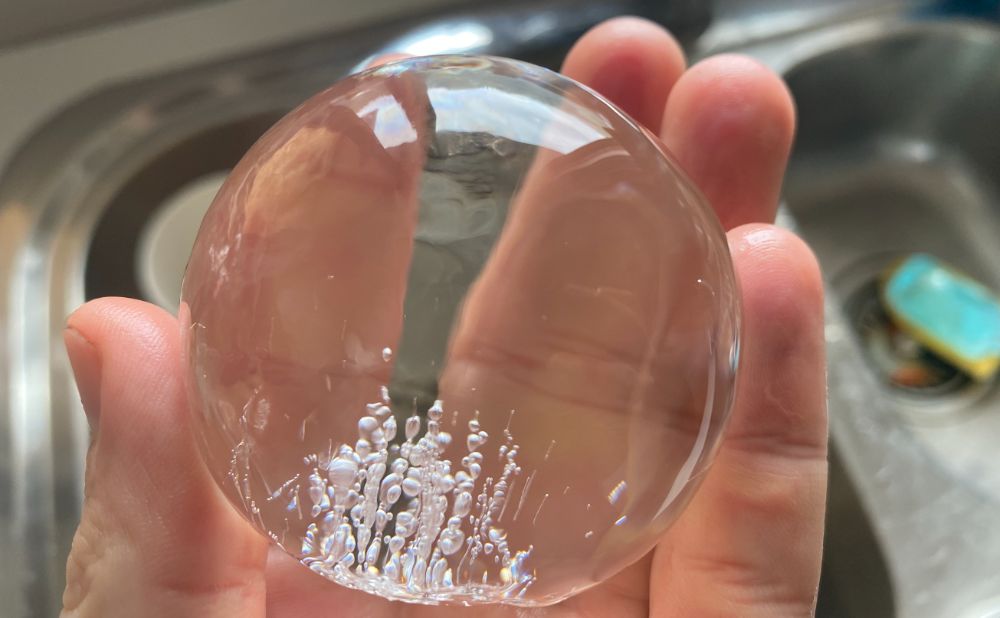
If you are like me and enjoy chewing on the ice in your drink, you might be a little disappointed with clear ice.
Clear ice cannot be chewed – try it and you might crack a tooth!
Cloudy ice (also known as nugget ice) is perforated with hundreds of frozen bubbles making it much softer than clear ice. Chewy ice is a delight to crunch between your teeth and it also absorbs the flavors of the drink it's in.
There are now a variety of great nugget ice makers on the market that can create this sort of ice or you can make chewy ice at home using a variety of different methods.
By contrast, the bubbles that make cloudy ice safe to chew are not present in clear ice. Clear ice is therefore very solid and dense and this isn't something you want to be chewing.
Most clear ice is a lot larger than regular ice cubes anyways so it's way to big to chew. If you love munching on your ice then clear ice is not for you.
6. Clear Ice Takes Longer to Cool a Drink
Clear ice will last longer in your drink before melting, but the flip side to that is that the extra density of clear ice also means it will take longer to cool a drink than regular ice.
Ice doesn’t just cool your drink directly through contact alone. Your drink gets chilled is because some of the ice is becoming liquid again and mixing with your drink, diluting and cooling it simultaneously.
Owing to its extra density and generally less surface area, clear ice melts more slowly and will therefore take longer to cool a drink.
Another big contributing factor to why normal or cloudy ice cools drinks faster is the extra surface area created by the bubbles as the ice begins to melt.
This gives the ice a lot more surface area making contact with the drink, melting the ice even faster. This results in a rapidly chilled cocktail. So sometimes choosing nugget or shaved ice is better for some cocktails that you want to be chilled faster and that you want to dilute a bit.
In Summary
As you can see, clear ice has some benefits but comes with its own set of difficulties and downsides.
The biggest disadvantage in making clear ice is the extra difficulty and expense associated with the specialized ice makers and distilled water required.
Clear ice also takes longer to make and to chill a drink, not to mention the chance of cracking a tooth if you forget not to chew it.
If you are still going to attempt making your own clear ice then you'll want to avoid these clear ice mistakes that most people make.


